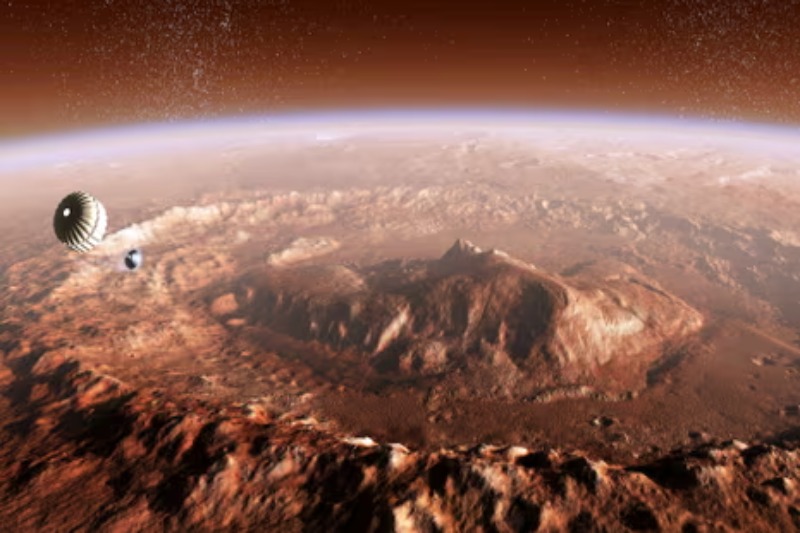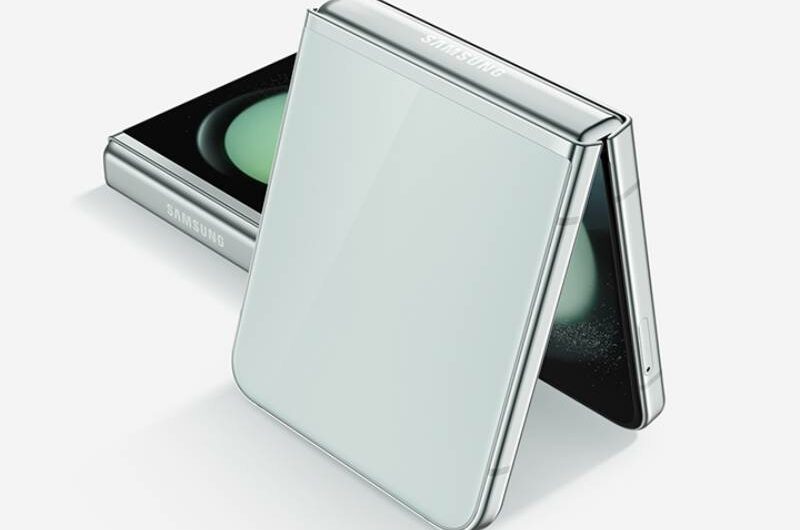Officially, NASA’s Perseverance rover has finished its exploration of Jezero Crater, an old crater lake that the agency thought would be a great spot to look for life.
Perseverance, which recently celebrated its 1,000th day of operation, has gathered 23 samples of regolith, which includes silicates, phosphates, carbonates, and fine-granted silica—basically, the ingredients for life as we know it.
Perseverance has been studying a fan-shaped delta of an extinct water system ever since the fifth Martian rover landed on the Red Planet.
NASA scientists have mapped the course of the Jezero Crater lake’s history with the aid of the rover.
Jezero was created by an asteroid strike approximately 4 billion years ago, according to a presentation made at the American Geophysical Union fall meeting in San Francisco on Tuesday.
The mission team learned the crater floor is composed of igneous rock generated by subterranean magma or by surface volcanic activity after Perseverance touched down in February 2021. Since then, they have discovered mudstone and sandstone, indicating that hundreds of millions of years ago, the first river entered the crater.
Mudstones rich in salt are present above these rocks, indicating the presence of a small lake that is evaporating. According to the crew, the lake finally expanded to a diameter of 22 miles (35 kilometers) and a depth of 100 feet (30 meters). Afterwards, rocks from outside Jezero were brought in by swift-moving water, which dispersed them across the crater’s delta and other areas.
Since orbital photography revealed a delta, which is unmistakable proof that a sizable lake formerly filled the crater, we chose Jezero Crater as our landing site. According to Caltech’s Ken Farley, the project scientist at Perseverance, “a lake is a potentially habitable environment, and delta rocks are a great environment for entombing signs of ancient life as fossils in the geologic record.”
“We’ve pieced together the crater’s geologic history after extensive exploration, mapping its lake and river phase from start to finish.”
The samples gathered during the expedition have been kept in tubes the size of sidewalk chalk, which were dubbed the “cleanest place in the universe” prior to the mission’s launch.
The tubes, which were made of sterilized sapphire, needed to be set up such that any signs of life that were discovered when they returned wouldn’t be misinterpreted as Martian when in fact they were contamination from Earth.
Perseverance is able to identify different mineral signatures in the earth beneath its wheels by color-coding them with the Planetary Instrument for X-ray Lithochemistry, or PIXL, a device developed by NASA’s Jet Propulsion Laboratory. This allows Perseverance to decide where to drill for samples.
A type of Burnt Siena is represented by silica, a fine-grained substance that is good at preserving fossilized life on Earth, while green represents phosphate, a crucial component of human DNA and cell membranes.
OTHER MARSIAN STORIES: Mars Rover Finds Liquid Salt Water for the First Time on the Red Planet
Naturally, Perseverance’s equipment can also find chemical alterations and small, fossil-like formations that could be left behind by extinct microorganisms, but thus yet, neither has shown any evidence.
Even though Jezero’s expedition is ended, the cutting-edge rover is far from being put to rest; it will soon be venturing into the deepest parts of the canyon, where the river would have flown into the lake. In any case, the rover has plenty of time before the sample return mission comes in the second half of the decade, and rich carbonate deposits have been seen along the margin that stand out in orbital photographs.
Topics #Mars #NASA










